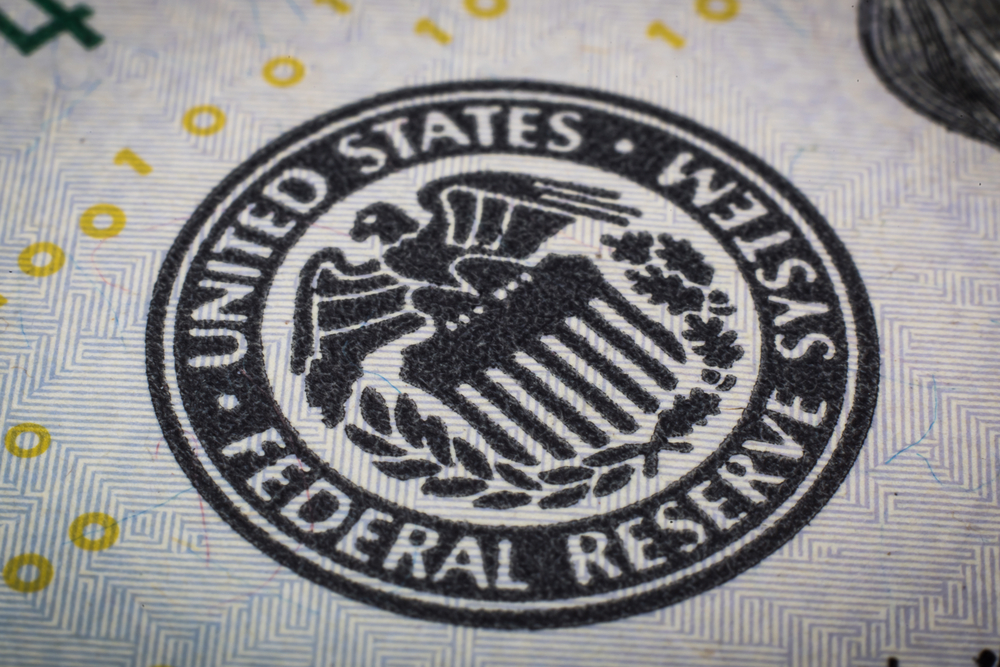In a surprising move, the Federal Reserve implemented a larger-than-expected interest rate cut on Wednesday, a strategy aimed at revitalizing the slowing U.S. economy. The half-percentage point reduction, the first in over four years, is intended to ease economic pressures and stave off a possible recession. Despite the historic nature of the rate cut, Wall Street’s reaction was relatively calm, with major indexes maintaining stability.
The S&P 500, while nearing record territory, saw minimal movement, staying just 0.6% below its all-time high from July. Meanwhile, the Dow Jones Industrial Average remained largely unchanged, dipping only 4 points (less than 0.1%), and the Nasdaq Composite edged up by 0.1%, led by a modest increase in tech stocks.
Federal Reserve’s Calculated Approach to Boost the Economy
The Federal Reserve’s decision to reduce the federal funds rate by 50 basis points was a proactive measure designed to loosen borrowing conditions for consumers and businesses. With rising interest rates having slowed economic growth in key sectors, this substantial rate cut is aimed at spurring investment and boosting consumer spending.
This rate reduction also aligns with the Fed’s goal of supporting job creation and sustaining a robust labor market, even as critics question whether the central bank acted soon enough. Concerns persist that the Fed may have delayed action, potentially narrowing the window to avert a recession. However, the central bank is now focused on preventing further economic decline, with additional rate cuts possible in the near future. Some analysts predict further reductions of up to 0.75% by the end of the year, with more substantial cuts potentially coming in 2025.
Mixed Market Reactions and Sector-Specific Movements
While Wall Street’s overall reaction was subdued, certain sectors saw more pronounced responses to the rate cut. In the bond market, Treasury yields shifted slightly, reflecting uncertainty over future Fed policies. The 10-year Treasury yield rose to 3.70%, while the two-year yield edged up to 3.61%. These changes indicate cautious optimism as investors await more clarity on the Fed’s next moves.
Some individual stocks experienced sharp movements. Intuitive Machines surged 42.2% after landing a $4.82 billion contract with NASA to provide communication services for the agency’s lunar operations. Conversely, Tupperware Brands saw trading halted after filing for Chapter 11 bankruptcy, with its stock plummeting to 51 cents.
McGrath RentCorp, which specializes in mobile office and classroom rentals, also faced a tough day, with shares falling 4.7% after a planned buyout deal with WillScot was scrapped due to regulatory concerns.
Global Impacts and Central Bank Watch
The ripple effects of the Fed’s rate cut were felt across global markets. European indexes edged lower, while Asian markets closed mostly in positive territory. Investors worldwide are paying close attention to upcoming central bank meetings, particularly those of the Bank of Japan and the Bank of England. Although neither is expected to adjust interest rates immediately, their outlooks could influence market sentiment and hint at future policy directions.
Looking Ahead: Fed’s Actions Could Shape Economic Trajectory
As the Federal Reserve continues to walk the tightrope between stimulating the economy and controlling inflation, its decisions in the coming months will play a critical role in shaping the U.S. economic landscape. With additional rate cuts potentially on the horizon, investors remain cautiously optimistic, waiting for further signals from the Fed as it seeks to steer the economy through uncertain times.
The next few months will likely see increased market volatility as economic data and corporate earnings reports provide further insight into the health of the economy. For now, Wall Street seems to be holding steady, but the road ahead could still present challenges depending on the Federal Reserve’s actions and the broader global economic environment.







